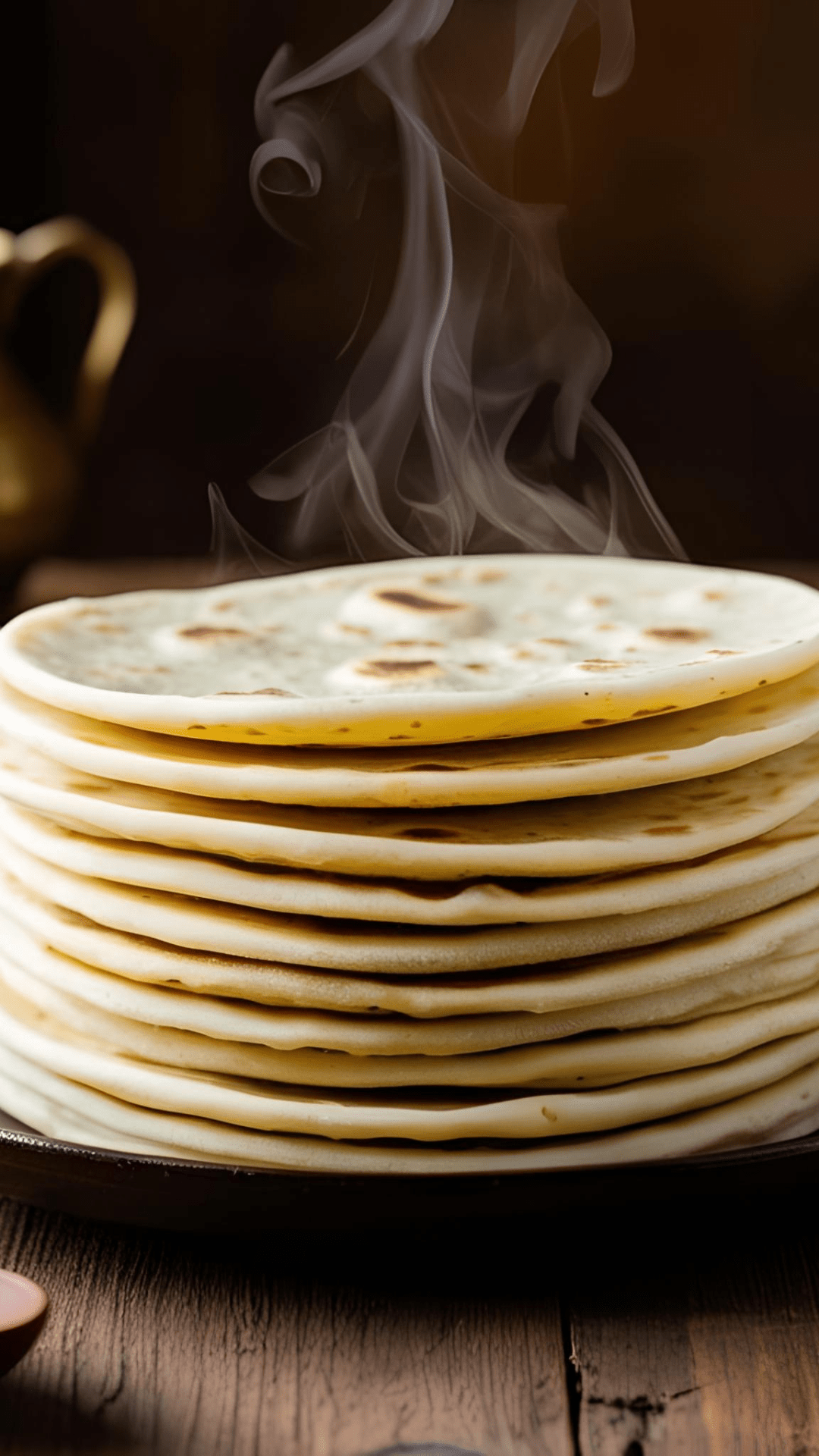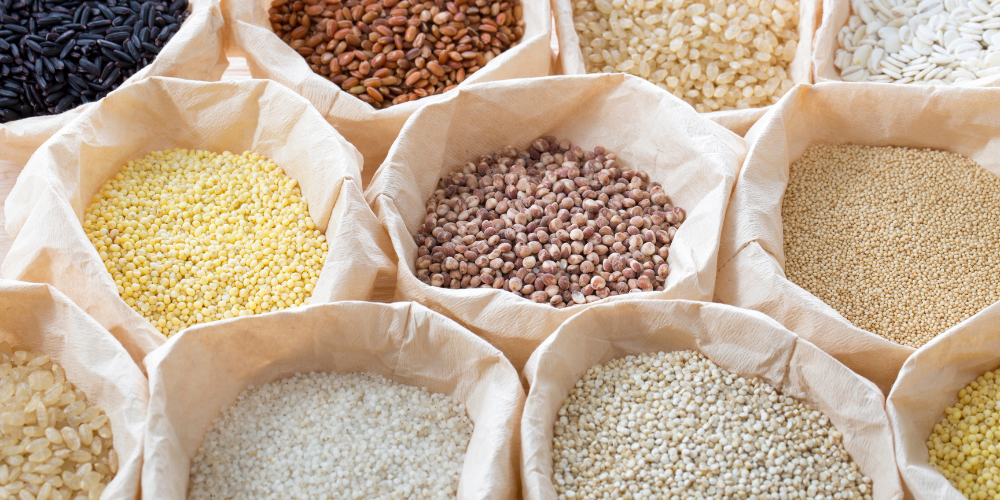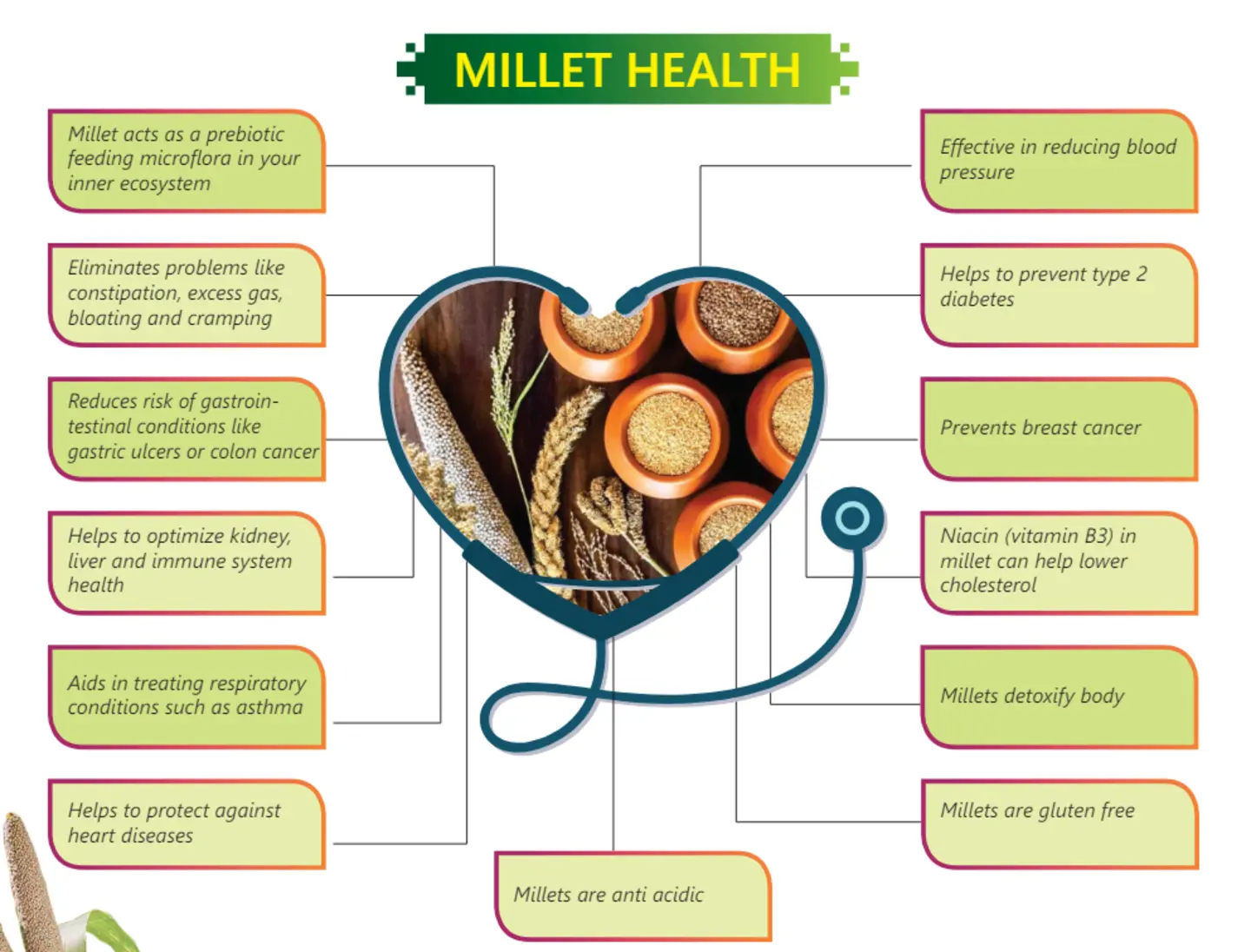The Best Atta for Weight Loss: Your Comprehensive Guide to Choosing the Right Flour for a Slimmer You

Embarking on a weight loss journey often necessitates a meticulous examination of your dietary habits. Among the fundamental components of many diets, particularly in South Asian households, is atta, or whole wheat flour. However, the market presents a bewildering array of atta varieties, making the selection of the best atta for weight loss a potentially confusing endeavor.
This exhaustive article aims to demystify the world of atta, providing an in-depth analysis of various types, their respective nutritional profiles, and their potential contribution to your weight management objectives. We will meticulously dissect the scientific underpinnings of different grains, furnish practical guidance on seamlessly integrating the optimal atta into your daily meals, and address frequently asked questions to empower you on your path toward a healthier and lighter physique.
Deciphering Atta and Its Pivotal Role in Weight Management

Best Atta for Weight Loss, predominantly whole wheat flour, serves as a dietary cornerstone in numerous cuisines, notably in India and Pakistan, forming the base for staples like rotis, chapatis, parathas, and a multitude of other flatbreads. In stark contrast to refined wheat flour (maida), whole wheat atta retains the entirety of the wheat kernel – the bran, the germ, and the endosperm. This intact structure imbues whole wheat atta with a superior nutritional profile, offering a distinct advantage for individuals pursuing weight loss.
The Nutritional Eminence of Whole Wheat Atta
The efficacy of atta in facilitating weight loss stems from its rich and multifaceted nutritional composition:
- Abundant Fiber Content: The bran, the outermost layer of the wheat kernel, is a veritable reservoir of dietary fiber. Fiber plays an indispensable role in weight management by fostering a sense of fullness (satiety), decelerating the digestive process, and aiding in the stabilization of blood sugar levels. This mechanism effectively mitigates abrupt energy fluctuations and diminishes the propensity for overeating.
- Complex Carbohydrates: Whole wheat atta is a significant source of complex carbohydrates, which necessitate a more protracted breakdown by the body compared to the simple carbohydrates prevalent in refined flour. This gradual digestion ensures a sustained release of energy, contributing to prolonged satiety and a reduction in food cravings.
- Essential Micronutrients: The germ, the embryonic component of the wheat kernel, is densely packed with vital nutrients, including B vitamins, vitamin E, and beneficial fats. These micronutrients are paramount for maintaining overall health and well-being throughout your weight loss journey.
- Vital Minerals: Whole wheat atta also provides essential minerals such as iron, magnesium, and zinc, which are crucial for various physiological functions and the efficient metabolism of energy.
- Lower Glycemic Index (GI): In general, whole wheat atta exhibits a lower glycemic index compared to its refined counterpart. This implies a slower and more gradual elevation of blood sugar levels post-consumption, a beneficial characteristic for weight management and the prevention of insulin spikes that can promote fat storage.
The Superiority of Whole Wheat Atta Over Refined Flour for Best Atta for Weight Loss

Refined wheat flour (maida) undergoes an intensive milling process that strips away the nutrient-rich bran and germ, leaving behind only the starchy endosperm. This refinement drastically diminishes its fiber, vitamin, and mineral content. The consumption of foods primarily composed of maida can lead to several undesirable effects:
- Rapid Glycemic Spikes: The simple carbohydrates inherent in maida are rapidly digested and absorbed, triggering a swift surge in blood sugar levels, often followed by an equally rapid decline, leading to renewed hunger and cravings.
- Diminished Satiety: The virtual absence of fiber in maida means it fails to induce a prolonged feeling of fullness, thereby increasing the likelihood of frequent snacking and overeating.
- Scarce Nutritional Value: Maida offers minimal nutritional benefits compared to whole wheat atta, providing primarily empty calories that do not contribute to overall health or satiety.
Consequently, opting for whole wheat atta over refined flour represents a fundamental and crucial step towards establishing a diet conducive to weight loss.
A Detailed Exploration of Different Atta Varieties and Their Best Atta for Weight Loss Potential
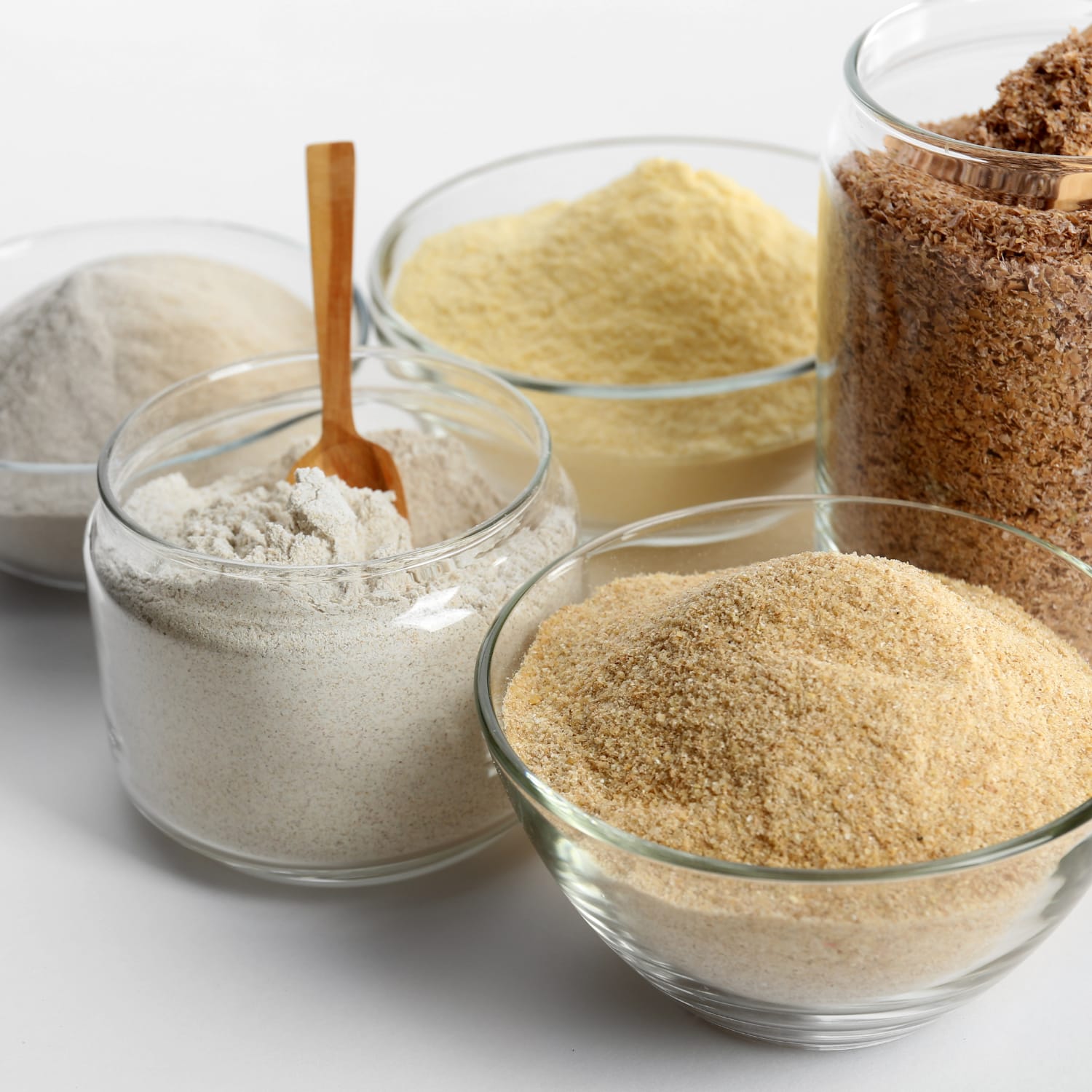
While whole wheat atta is generally recognized as the best atta for weight loss, a diverse range of variations and alternative flours can also prove beneficial and introduce welcome variety into your dietary regimen.
1. Whole Wheat Atta (Traditional Chakki Atta)
This remains the most ubiquitous type of atta, meticulously ground from the entire wheat kernel. Its widespread availability and its role as the foundation for numerous South Asian flatbreads are undeniable. The inherent high fiber content, the presence of complex carbohydrates, and the array of essential nutrients make it an excellent choice for those aiming to lose weight.
- Weight Loss Advantages: Effectively promotes satiety, aids in the regulation of blood sugar levels, provides a sustained release of energy, and delivers a spectrum of essential nutrients.
- Incorporation Strategies: Utilize it as the primary flour for crafting rotis, chapatis, and other flatbreads consumed daily.
2. Multigrain Best Atta for Weight Loss: A Synergistic Blend
Multigrain atta is a carefully formulated blend of several whole grains, often including wheat, barley, various millets (such as bajra, jowar, and ragi), oats, and sometimes even legumes like chickpeas or soybeans. The precise composition of these blends can vary significantly between different brands.
- Weight Loss Advantages: Offers a broader spectrum of nutrients and a potentially higher fiber content due to the synergistic combination of diverse grains. Each included grain contributes unique properties that can enhance satiety and overall health. For instance, millets are renowned for their high fiber content and low glycemic index.
- Incorporation Strategies: Substitute regular whole wheat atta with multigrain atta for your everyday bread preparations. Pay close attention to the specific grains included in the blend and their individual nutritional benefits.
3. Millet Atta: Harnessing the Power of Ancient Grains (Bajra, Jowar, Ragi)
Millets represent a diverse group of small-seeded grasses that are remarkably nutritious and naturally gluten-free. Flours derived from individual millets, such as bajra (pearl millet), jowar (sorghum), and ragi (finger millet), are gaining increasing recognition for their impressive health benefits.
-
Bajra Atta (Pearl Millet Flour): Abundant in fiber, protein, iron, and magnesium. It typically exhibits a relatively low glycemic index and can effectively contribute to weight management by promoting a feeling of fullness and stabilizing blood sugar levels. best atta for weight loss
-
Jowar Atta (Sorghum Flour): Naturally gluten-free and a valuable source of dietary fiber, potent antioxidants, and essential minerals like phosphorus and potassium. Its slower digestion rate contributes to prolonged satiety. best atta for weight loss
-
Ragi Atta (Finger Millet Flour): Characterized by its high calcium, iron, and fiber content. It possesses a low glycemic index, making it a beneficial choice for weight loss and the effective management of blood sugar levels. best atta for weight loss
-
Weight Loss Advantages: Provides gluten-free options, boasts high fiber content and specific beneficial nutrients, and often exhibits a lower glycemic index compared to traditional wheat flour. best atta for weight loss
-
Incorporation Strategies: Utilize millet atta to prepare rotis, bhakris, or incorporate it into other culinary creations like porridge or pancakes. You can also create a nutritionally enhanced and texturally interesting blend by mixing it with whole wheat atta. best atta for weight loss
4. Sprouted Wheat Atta: Unleashing Enhanced Nutritional Potential
The process of sprouting grains involves carefully soaking them in water until they begin to germinate. This germination process triggers biochemical changes within the grain, often resulting in an increase in nutritional value, improved digestibility, and potentially enhanced health benefits.
- Weight Loss Advantages: Sprouting can lead to an increase in the fiber content and the bioavailability of certain essential nutrients. It may also exhibit a slightly lower glycemic index compared to regular, unsprouted whole wheat atta.
- Incorporation Strategies: Employ sprouted wheat atta in the same manner as regular whole wheat atta for baking or preparing flatbreads.
5. Gluten-Free Atta Alternatives: Catering to Dietary Restrictions and Preferences
For individuals with gluten sensitivity, celiac disease, or those consciously choosing to avoid gluten, traditional wheat atta is not a suitable option. Fortunately, a variety of gluten-free flours are available as viable alternatives, some of which can also be advantageous for weight loss.
-
Besan (Chickpea Flour): Characterized by its high protein and fiber content, besan typically has a lower glycemic index than wheat flour. It can effectively contribute to feelings of fullness and aid in the regulation of blood sugar levels.
-
Oat Flour: Derived from ground oats, oat flour is rich in soluble fiber, a type of fiber known for its ability to help lower cholesterol levels and promote a sustained feeling of fullness.
-
Buckwheat Flour: Despite its misleading name, buckwheat is not related to wheat and is naturally gluten-free. It serves as a good source of dietary fiber, protein, and various essential minerals.
-
Almond Flour: Low in carbohydrates and rich in healthy monounsaturated fats and protein, almond flour can be a suitable option for individuals following low-carbohydrate dietary approaches. However, it is important to note that it is also relatively high in calories.
-
Coconut Flour: Distinguished by its high fiber content and the presence of medium-chain triglycerides (MCTs), which some studies suggest may offer benefits for weight management. It is also naturally gluten-free.
-
Weight Loss Advantages: Provides a range of gluten-free options with varying levels of fiber, protein, and healthy fats. Prioritize options with higher fiber content to maximize satiety.
-
Incorporation Strategies: Utilize these gluten-free flours to prepare gluten-free breads, pancakes, or as a thickening agent in culinary applications such as curries and sauces. It is important to be aware that gluten-free flours often exhibit different binding properties compared to wheat flour, so recipe adjustments may be necessary.
Navigating the Selection Process: Choosing the Best Atta for Your Weight Loss Journey
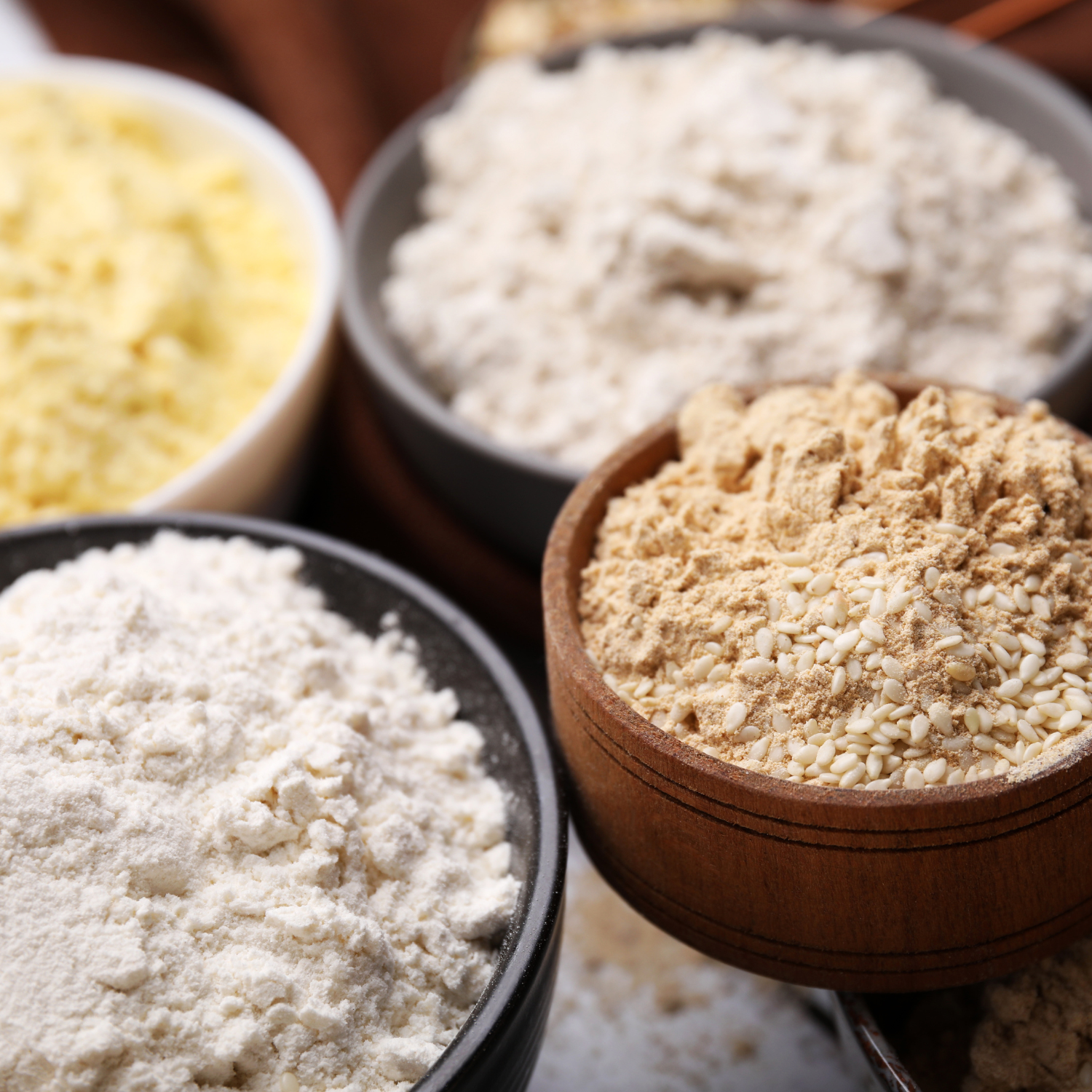
The selection of the best atta for weight loss is a personalized decision that should take into account your individual needs, dietary preferences, and any existing dietary restrictions. Consider the following key factors during your selection process:
- Fiber Content: Prioritize atta varieties that boast a higher fiber content, such as whole wheat atta, multigrain atta with a significant proportion of millets, and flours derived from millets themselves. Fiber is a crucial ally in promoting satiety and effectively regulating blood sugar levels.
- Glycemic Index (GI): If meticulous blood sugar control is a significant aspect of your weight loss strategy, consider attas with a lower glycemic index, such as millet-based attas and besan.
- Nutrient Density: Opt for atta varieties that are rich in essential micronutrients, including vitamins and minerals. Whole wheat atta and well-formulated multigrain attas generally offer a broader spectrum of nutrients.
- Gluten Sensitivity: If you have a known gluten sensitivity or celiac disease, your choice should naturally gravitate towards gluten-free alternatives like besan, oat flour, buckwheat flour, almond flour, or coconut flour.
- Taste and Texture Preferences: Experiment with different types of atta to identify those whose taste and texture align with your preferences. This will enhance the likelihood of consistent incorporation into your daily diet.
- Processing Methods: Whenever possible, choose minimally processed atta. Look for “chakki atta,” which is traditionally stone-ground and tends to retain a higher proportion of its natural nutrients compared to highly refined flours.
Practical Strategies for Integrating Atta into Your Weight Loss Diet
Simply selecting the right type of atta is only one piece of the puzzle. The manner in which you incorporate it into your daily meals plays an equally significant role in achieving your weight loss objectives.
- Mindful Portion Control: Pay close attention to the serving sizes of your rotis or other atta-based dishes. Even inherently healthy foods can contribute to weight gain if consumed in excessive quantities. Best Atta for Weight Loss
- Synergistic Pairing with Fiber-Rich Foods: Complement your atta-based meals with generous servings of vegetables, lentils, and salads to further augment your fiber intake and promote a greater sense of fullness. Best Atta for Weight Loss
- Judicious Use of Added Fats: Exercise caution with the amount of oil or ghee you use when cooking rotis or parathas. Opt for minimal fat or explore dry roasting techniques whenever feasible. Best Atta for Weight Loss
- Strategic Selection of Healthy Fillings: If you are preparing stuffed parathas, prioritize low-calorie, high-fiber fillings such as vegetables or lentils over oil-laden or processed alternatives.
- Consideration of Meal Timing: Experiment with consuming lighter atta-based meals during dinner and focusing on protein and vegetables for this particular meal. Best Atta for Weight Loss
- Maintaining Adequate Hydration: Ensure you drink plenty of water throughout the day, especially when consuming high-fiber foods, to aid in digestion and prevent constipation.
- Attuning to Your Body’s Signals: Pay close attention to how different types of atta make you feel. Some individuals may find certain grains easier to digest than others.
Debunking Common Misconceptions Surrounding Atta and Weight Loss
- Myth: All forms of atta are inherently fattening.
- Reality: Whole wheat atta, when consumed in moderation, is a nutritious source of complex carbohydrates and dietary fiber that can actually support weight loss. The issue typically arises from overconsumption and the excessive addition of fats during the cooking process.
- Myth: Complete elimination of atta is necessary for successful weight loss.
- Reality: Unless you have a specific gluten sensitivity or other dietary restrictions that necessitate its avoidance, there is generally no need to entirely eliminate atta from your diet. The key lies in selecting the right type and practicing mindful portion control.
- Myth: Gluten-free atta alternatives are invariably superior for weight loss.
- Reality: While gluten-free options are essential for individuals with gluten-related issues, not all gluten-free flours are inherently lower in calories or higher in fiber. It is crucial to carefully compare the nutritional labels of different options.
Embracing a Holistic Framework for Sustainable Weight Loss
While making informed choices about the best atta for weight loss is an important step, it is imperative to recognize that effective and sustainable weight management is a multifaceted endeavor. To achieve lasting results, integrate your dietary adjustments with the following key elements:
- Consistent Physical Activity: Aim for a minimum of 150 minutes of moderate-intensity or 75 minutes of vigorous-intensity aerobic exercise each week, in addition to incorporating regular strength training exercises. best atta for weight loss
- A Well-Balanced Diet: Focus on a dietary pattern that is rich in fruits, vegetables, lean protein sources, and healthy fats, alongside your chosen atta variety. best atta for weight loss
- Prioritizing Adequate Sleep: Strive for 7-9 hours of high-quality sleep each night, as sleep deprivation can disrupt the delicate hormonal balance that regulates appetite. best atta for weight loss
- Effective Stress Management: Chronic stress can lead to hormonal imbalances and contribute to weight gain. Incorporate stress-reducing techniques such as yoga or meditation into your routine. best atta for weight loss
- Cultivating Mindful Eating Habits: Pay close attention to your body’s hunger and fullness cues, and practice eating slowly and without distractions. best atta for weight loss
Frequently Asked Questions: Best Flour and Diet for Weight Loss
Q: Which flour is better for weight loss?
A: Generally, whole grain flours are better for weight loss than refined flours. Options like whole wheat atta, millet flours (bajra, jowar, ragi), and flours like besan (chickpea flour) are high in fiber and nutrients, promoting satiety and better blood sugar control.
Q: Which flour is best for weight loss in roti?
A: For making rotis for weight loss, whole wheat atta is a good choice due to its fiber content. However, incorporating millet flours like bajra atta or jowar atta, either alone or in combination with whole wheat, can further enhance the fiber and nutrient profile.
Q: Which millet is best for weight loss?
A: Several millets are excellent for weight loss. Ragi (finger millet) is high in calcium and fiber, bajra (pearl millet) is rich in fiber and protein, and jowar (sorghum) is gluten-free and a good source of fiber. Incorporating a variety of millets can be beneficial.
Q: Which type of chapati is best for weight loss?
A: Chapati made from whole wheat atta or a combination of whole wheat and millet flours is best for weight loss due to the higher fiber content compared to those made from refined flour (maida).
Q: Which Atta is best for dieting?
A: Whole wheat atta and multigrain atta (which includes a mix of whole grains like wheat, barley, and millets) are generally considered the best atta for dieting due to their high fiber and nutrient content.
Q: Is suji good for weight loss?
A: Suji (semolina) is derived from wheat but is more processed than whole wheat flour. It has a moderate glycemic index and fiber content. While it can be part of a balanced diet, whole wheat or millet flours are generally better choices for weight loss due to their higher fiber.
Q: Can I eat 2 roti for weight loss?
A: The number of rotis you can eat for weight loss depends on their size, the type of atta used, and your overall calorie and macronutrient goals. Two rotis made from whole wheat atta can be part of a weight loss diet when balanced with other nutritious foods like vegetables, lentils, and protein.
Q: What is the best flour for diet?
A: The best flours for a diet focused on weight loss are typically whole grain flours like whole wheat atta, various millet flours (bajra, jowar, ragi), and besan (chickpea flour) due to their high fiber, nutrient density, and often lower glycemic index compared to refined flours.
Q: Is Aashirvaad atta good for weight loss?
A: Aashirvaad atta is primarily whole wheat atta, which, as discussed, is a good option for weight loss due to its fiber content. However, consider their multigrain atta variants for an even broader range of nutrients and potentially higher fiber.
Q: What to eat for weight loss?
A: A balanced diet focusing on whole, unprocessed foods is key for weight loss. This includes plenty of fruits, vegetables, lean protein sources (like lentils, beans, fish, chicken breast), whole grains (like atta, oats, brown rice), and healthy fats (like nuts, seeds, avocado).
Q: Which is the best milk for weight loss?
A: For weight loss, lower-fat milk options like skim milk or 1% milk are generally preferred to reduce calorie and fat intake. Unsweetened plant-based milks like almond milk, soy milk, or oat milk can also be good choices, but be mindful of added sugars.
Q: Is jowar good for weight loss?
A: Yes, jowar (sorghum) is good for weight loss. It is gluten-free, high in fiber, rich in antioxidants, and has a relatively low glycemic index, contributing to satiety and better blood sugar control.
Q: Which flour is best for fat loss?
A: Similar to weight loss, flours high in fiber and protein are beneficial for fat loss. Whole wheat atta, millet flours (especially ragi and bajra), and besan are good choices as they promote fullness, help regulate blood sugar, and can support muscle maintenance when combined with adequate protein intake.
Q: Which rice is best for weight loss?
A: Brown rice is generally considered better for weight loss than white rice because it retains the bran and germ, making it higher in fiber and nutrients. It also has a lower glycemic index.
Q: Which is better for weight loss oats or ragi?
A: Both oats and ragi are excellent for weight loss. Oats are rich in soluble fiber, which aids in satiety and can help lower cholesterol. Ragi is high in insoluble fiber, calcium, and iron, and has a low glycemic index. Incorporating both into your diet can be beneficial.
Q: Can I eat rice during weight loss?
A: Yes, you can eat rice during weight loss, especially brown rice, in moderation as part of a balanced calorie-controlled diet. Focus on portion control and pair it with plenty of vegetables and protein.
Q: Is ghee good for weight loss?
A: Ghee is a type of clarified butter. While it contains healthy fats, it is also calorie-dense. In moderation, it can be part of a balanced diet, but excessive consumption can hinder weight loss.
Q: Can I skip chapati for weight loss?
A: You don’t necessarily need to skip chapati for weight loss, especially if they are made from whole wheat or millet flour and consumed in moderation as part of a balanced diet. If you prefer to reduce carbohydrate intake, you can adjust your diet to include other sources of fiber and nutrients like vegetables and protein.
Q: What is the lowest calorie flour for weight loss?
A: It’s more about the overall nutritional profile (fiber, protein, glycemic index) than strictly the lowest calorie count. However, almond flour is relatively low in carbohydrates but higher in fat and calories. Oat fiber or psyllium husk are very low in calories and high in fiber and can be added to other flours to boost It is high in protein and fiber, has a lower glycemic index than wheat flour, and can contribute to satiety.
Q: Is 2 roti good for weight loss?
A: As mentioned earlier, 2 rotis made from whole wheat or millet flour can be part of a weight loss diet when combined with other healthy foods and within your calorie goals.
Q: What is the 7 day challenge diet?
A: “7 day challenge diet” is a broad term and often refers to restrictive diets promising rapid weight loss. These diets are generally not sustainable or nutritionally balanced and can even be harmful. It’s always best to focus on long-term, sustainable dietary changes. It is crucial to consult a healthcare professional or registered dietitian before starting any restrictive diet.
Q: What to avoid for weight loss?
A: To promote weight loss, it’s generally advisable to limit or avoid: * Processed foods * Sugary drinks and foods * Excessive amounts of unhealthy fats (saturated and trans fats) * Refined grains (like maida and white rice) * High-calorie, low-nutrient foods
Q: Is jowar roti good for weight loss?
A: Yes, jowar roti is a good option for weight loss due to the benefits of jowar mentioned earlier (high fiber, gluten-free, lower GI).
Q: Why is bajra better than wheat?
A: Bajra can be considered better than wheat for some aspects of weight loss and health due to its generally higher fiber content, gluten-free nature, and richer mineral profile (like iron and magnesium). However, whole wheat is also a nutritious grain. Variety is often key.
Q: Which flour is good for stomach?
A: Flours high in fiber are generally good for digestion and stomach health. Whole wheat atta, millet flours (especially ragi and jowar), and besan can promote healthy bowel movements and gut health due to their fiber content.
Conclusion: Empowering Your Weight Loss Journey with the Right Atta
Selecting the best atta for weight loss is a proactive and sustainable dietary modification. Whole wheat atta, with its impressive fiber content and essential nutrient profile, remains an excellent choice for the majority of individuals. Exploring the benefits of multigrain and millet attas can offer additional nutritional advantages and introduce valuable dietary diversity. For those with gluten sensitivities, a range of nutritious gluten-free alternatives are readily available. best atta for weight loss
However, Best Atta for Weight Loss it is crucial to remember that atta is merely one component of a comprehensive and effective weight loss strategy. By thoughtfully combining the right type of atta with mindful portion control, a well-balanced diet, regular physical activity, and healthy lifestyle habits, you can embark on a successful and sustainable journey towards a healthier and lighter version of yourself. Best Atta for Weight Loss Embrace the nutritional power of whole grains and make informed dietary choices to effectively fuel your body and achieve your weight loss aspirations. best atta for weight loss

